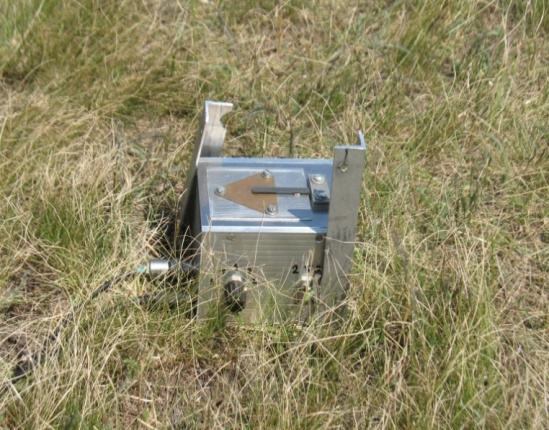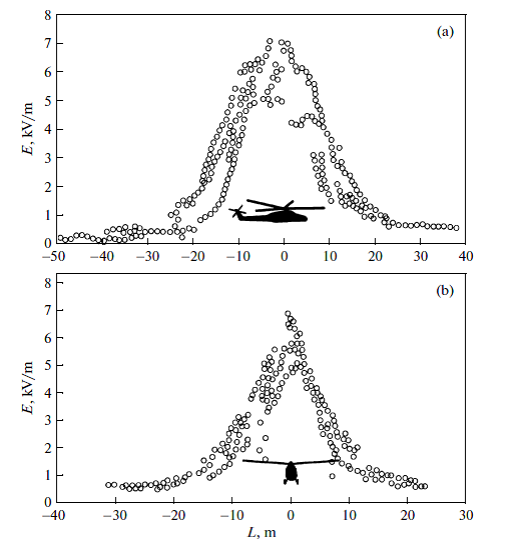
Двигательная электризация вертолетов
Электризация летательных аппаратов (ЛА) может приводить к развитию пробойных явлений и, как следствие, к генерации радиопомех в различных частотных диапазонах. Проблема электризации ЛА стала особенно актуальной в последнее время в связи с активным использованием в авиационной отрасли полимерных и композитных материалов, обладающих низкой электропроводностью и, в результате, не обеспечивающих полную металлизацию борта. Коллективом УНУ ККГС впервые выполнено экспериментальное исследование процессов электризации вертолетов в полете. Разработаны датчики постоянного электрического поля оригинальной конструкции, с помощью которых измерена напряженность статического электрического поля, создаваемого зарядами на фюзеляже вертолета, на поверхности земли. Установлено, что фюзеляж вертолета заряжается положительно, а выхлопная струя выносит отрицательный заряд, то есть механизм электризации – двигательный. Предложена модель двигательной электризации, заключающаяся в зарядке сажевых частиц в слабоионизированной плазме камеры сгорания газотурбинного двигателя с их последующим выносом с потоком выхлопных газов. Исследование выполнено в рамках гранта правительства Российской Федерации (договор № 14.B25.31.0023).


Варфоломеев А.А., Гущин М.Е., Коробков С.В., Костров А.В., Палочкин Ю.П., Привер С.Э., Одзерихо Д.А., Стриковский А.В. «Двигательная электризация летательных аппаратов как источник радиопомех» // Письма в ЖТФ, 2015, Т. 41, № 1, C. 28–35